What are the Three Types of Blood Vessels and Their Functions?
Blood vessels are channels that help in blood circulation and carry blood throughout the human body. They form a circuit or a closed loop with two closed systems of tubes beginning and ending at heart.
The circulatory system comprises the blood vessels and the heart vessels, and the body of every human being holds almost 60,000 miles of blood vessels.
The purpose of blood vessels is to deliver blood to the tissues and organs in one’s body, with the blood giving them the nutrients and oxygen required to function correctly. Blood vessels also carry the carbon dioxide and waste products away from your tissues and organs.
There are three types of blood vessels, namely arteries, veins, and capillaries. Each has significant roles to play within your system.
There are three types of blood vessel in the human body
- Arteries
- Veins
- Capillaries
In this blog post we will look at each type of blood vessel and their different functions.
What are Arteries?
Arteries are blood vessels that help carry blood from the heart to the rest of the body. These blood vessels are shaped like tubes and branch into tiny arteries called arterioles to distribute blood.
They operate at high pressure.
The arteries comprise three layers:
- Tunica intima: The tunica intima is the innermost layer with a lining, a network of connective tissue, and a membrane, a layer of elastic fibers that are bound together, with the membrane having several openings.
- Tunica media: The tunica media is the middle layer, which is also the thickest and comprises connective tissue and smooth muscle cells
- Tunica adventitia: The outermost layer is called the tunica adventitia, and it aids the arteries to contract and expand, thereby helping to keep your blood pressure in control. It consists of collagenous and elastic fibers.
There are three types of arteries:
- Elastic: Elastic arteries include the pulmonary artery and the aorta. These are located very close to the heart, with the aorta, or the largest artery sitting above and running behind and below the heart. The pulmonary valve connects the pulmonary arteries to the heart. The arteries carry blood to the lungs, where it receives oxygen.
- Muscular: The muscular arteries possess smooth muscle fibers that can contract, expand, and control blood flow. These include the femoral and coronary arteries.
- Arterioles: Arterioles are the small blood vessels that connect the arteries to the capillaries. They help in controlling one’s blood pressure.
Functions of Arteries
The following are the functions of arteries:
- Arteries help transport oxygen-rich blood away from the heart and distribute it throughout the body.
- They deliver hormones, nutrients, and oxygen.
- The muscular and strong walls of the arteries help handle the high pressure of the blood pumped out by the heart with every heartbeat.
- They help ensure that the blood goes in a single direction by utilizing the force of the blood from the heart.
What are Veins?
Veins are the blood vessels that bring back the deoxygenated blood to your heart. The blood enters the smallest veins or the venules after passing through the capillaries, which flow into the larger veins before reaching the heart.
The pulmonary veins carry out the task of transporting blood from the lungs to the heart’s left atrium. The oxygen content of this blood is high since it travels after being oxygenated in the lungs.
Blood to the heart’s right atrium gets transported by the systemic veins from the body tissue. The oxygen level of this blood is lower since it has been utilized for metabolic activities in the body’s tissue cells.
The same three layers exist in the walls of our veins as they do for the arteries, with the difference being that these layers have less connective tissue and smooth muscle.
Since the blood in our veins has less pressure than the arteries, the walls are comparatively thinner than the walls of the arteries.
There are four types of veins, namely pulmonary, systemic, deep, and superficial. The pulmonary veins carry the oxygen-rich blood to the left atrium, and the systemic veins return the deoxygenated blood to the right atrium.
The superficial veins are located close to the surface of your body, and they help carry blood from the outer tissues to the deep veins. The deep veins along the bones and muscles carry blood back to your heart.
Functions of Veins
The functions of veins include:
- Veins carry blood that is poor in oxygen throughout the body and then carry it back to one’s heart.
- They also carry blood from the lungs to the heart after oxygenation.
What are Capillaries?
Capillaries are the smallest blood vessels that serve as a connection between arteries and veins. The highly active tissues, such as your kidneys, liver, and muscles, possess abundant capillaries.
There are three types of capillaries:
- Continuous: Continuous capillaries are the most common type in the human body. They only allow small molecules such as water, glucose, and gases to pass through and exist in the fat and muscle tissue and your nervous system.
- Fenestrated: Fenestrated capillaries have tiny pores that facilitate the exchange of bigger molecules. These capillaries are in the small intestine, kidneys, and endocrine glands.
- Sinusoid: Sinusoid capillaries can be found in the spleen, liver, and bone marrow. They are known as the leakiest kind of capillary. Their capillary wall having larger gaps, enables the exchange of bigger molecules, including blood cells.
Functions of Capillaries
Listed below are the functions of capillaries:
- Capillaries are where the exchange of oxygen and nutrients to carbon dioxide and waste occurs.
- They carry the waste products away from the body’s tissues.
- Capillaries can be used by your body’s white blood cells to treat inflammatory damage.
Want to learn more?
Why not sign up to one of our free online first aid courses!

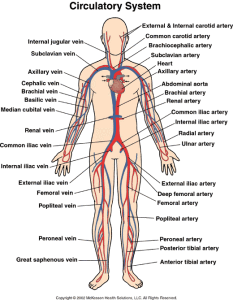
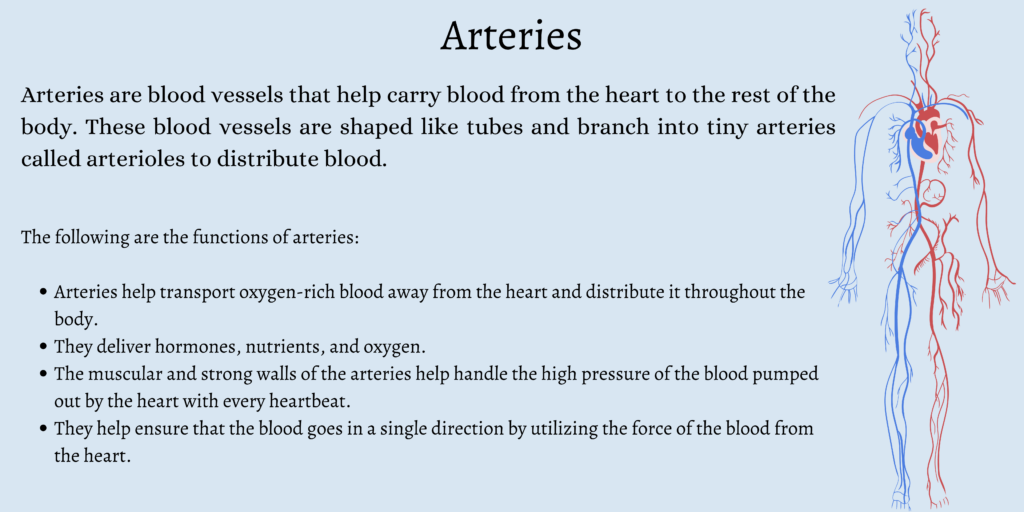
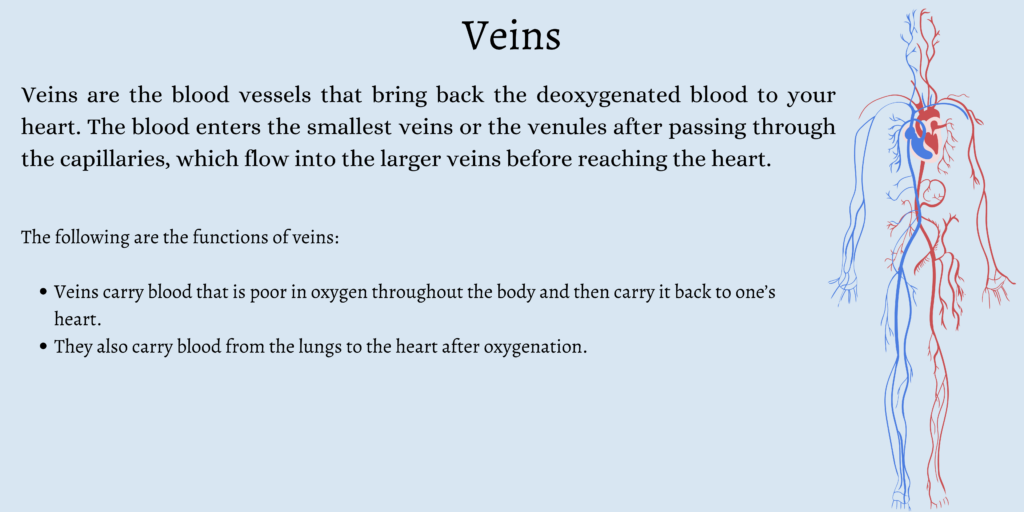
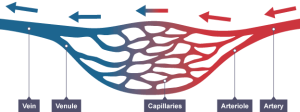
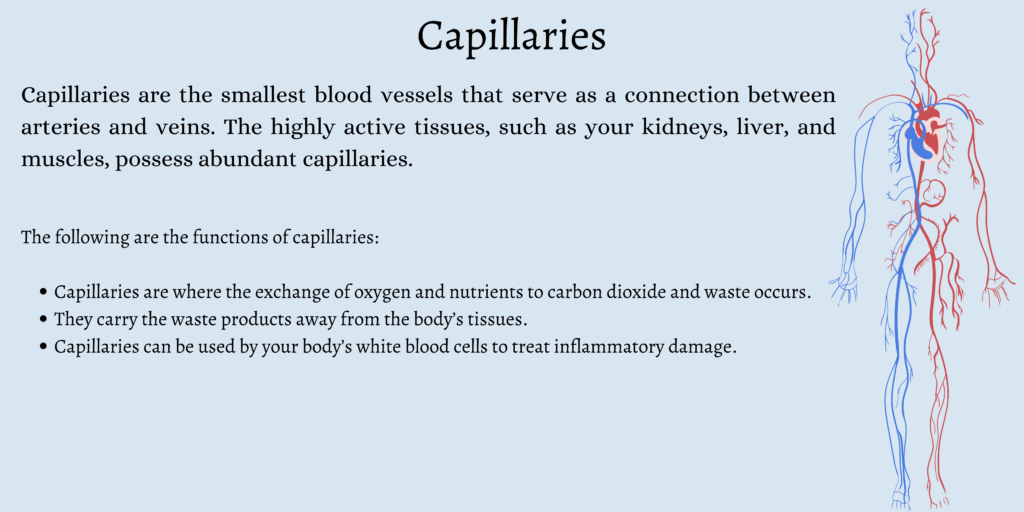
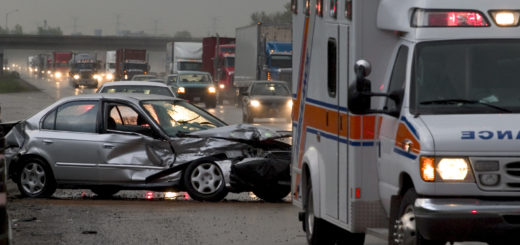

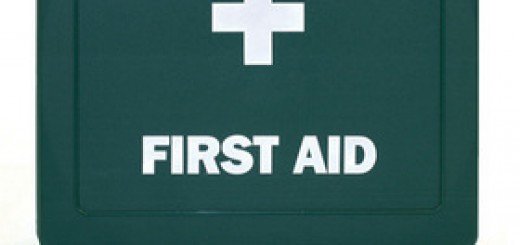


Great